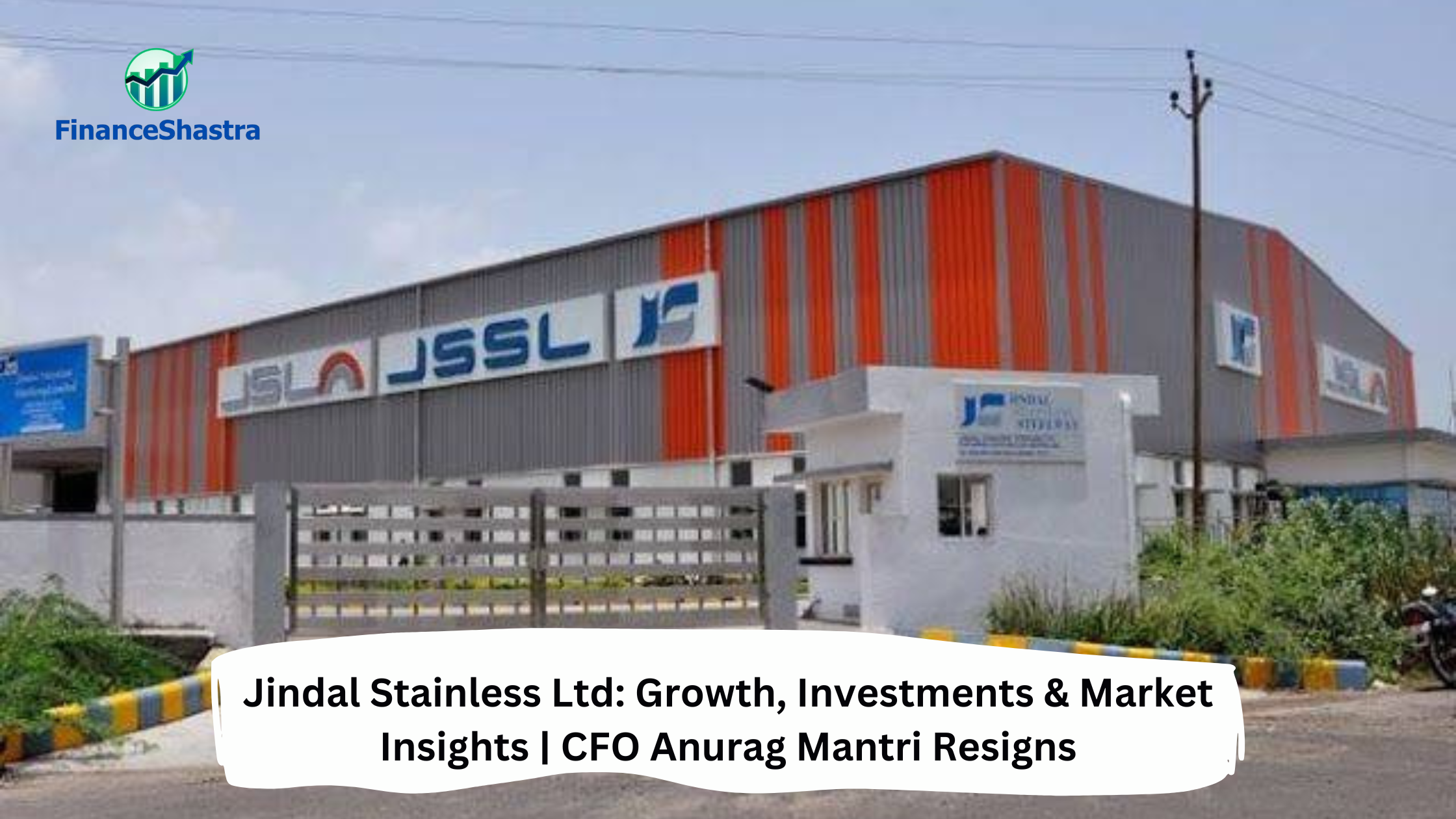Vodafone Idea Seeks Government Aid: Requests More Dues to Be Converted into Equity
Business and Industry Overview:
Vodafone Group Plc is a multinational telecom firm based in the United Kingdom. Its global headquarters and registered office are located in Newbury, Berkshire, England. It predominantly operates services in Asia, Africa, Europe, and Oceania. As of January 2025, Vodafone owns and operates networks in 15 countries, with partner networks in 46 further countries. Its Vodafone Global Enterprise division provides telecommunications and IT services to corporate clients in 150 countries. Vodafone has a primary listing on the London Stock Exchange and is a constituent of the FTSE 100 Index. The company has a secondary listing on the NASDAQ as American depositary receipts (ADRs).
India has one of the largest telecom markets in the world, with 1.2 billion telephone subscribers as of May 2024. The rural telecom sector is also growing, with 59.59% of rural areas now having phone connections. Mobile data usage has increased by more than 10 times in recent years. In FY18, total wireless data usage was 4,206 petabytes, which increased to 47,629 petabytes in Q2 FY24. India is also one of the biggest consumers of data in the world. As per TRAI, the average data usage per user was only 61 MB per month in 2014, but in December 2023, it reached 19.47 GB per month.
There are many opportunities in the telecom sector. By 2026, India will have 350 million 5G users, which will be 27% of all mobile users. The country is also increasing its mobile phone exports. In FY24, exports of mobile phones grew by 42%, reaching $15.6 billion. The demand for skilled workers is also increasing. By 2025, India will need around 22 million workers in fields like 5G technology, artificial intelligence (AI), the Internet of Things (IoT), robotics, and cloud computing. India is also leading in internet usage worldwide. The country ranks 2nd in international mobile broadband internet traffic and international internet bandwidth.
Vodafone India is the Indian subsidiary of the UK-based Vodafone Group. It provides telecommunications services in India and has its operational head office in Mumbai. The Vodafone Idea network has approximately 375 million subscribers and is the third-largest mobile telecommunications network in India.
Currently, India is the world’s second-largest telecommunications market, with a total telephone subscriber base standing at 1,203.69 million and having registered strong growth in the last decade. The Indian mobile economy is growing rapidly and will contribute to India’s Gross Domestic Product (GDP), according to a report prepared by the GSM Association (GSMA) in collaboration with Boston Consulting Group (BCG). Vodafone Idea is one of the dominant players in the market, with an 18.19% market share.
Latest Stock News:
The Indian government plans to remove a fee called Spectrum Usage Charges (SUC) for telecom companies. This fee is a percentage of their earnings. It increases the cost for companies. Removing this fee will help telecom companies save money. They can use the saved money to expand 5G services and improve networks.
Right now, telecom companies pay SUC at a rate of 3-4% of their earnings. They also pay an 8% license fee to the government. This license fee includes a 5% payment to a government fund for telecom services. In June 2022, the government removed SUC for airwaves bought after September 15, 2021. But companies that purchased airwaves before 2021 still had to pay this fee. Now, the government is planning to remove this fee for them as well. This will give telecom companies relief worth thousands of crores.
Vodafone Idea will get the biggest benefit. The company has a huge debt of over ₹2 lakh crore. With this waiver, Vodafone Idea may save around ₹8,000 crore. This will help the company manage its financial problems. The government believes that telecom companies already paid a fair price for airwaves in past auctions. So, charging an extra fee is not needed. The government may approve this decision soon. This will help telecom companies lower their costs. It will also allow them to improve services for customers.
Vodafone Idea Ltd.’s stock has declined 3.67% today, closing at ₹7.34, and remains significantly below its 52-week high of ₹19.15. Despite the recent SUC waiver, financial concerns persist with ₹2.5 lakh crore debt, Q3 losses of ₹6,986 crore, and continued subscriber attrition. The stock has seen a 43% YoY drop, reflecting weak investor confidence. While the trading volume remains high at 103 million shares, the lack of a clear roadmap for fundraising and 5G expansion limits long-term upside.
Potentials:
Vodafone Idea is working hard to fix its problems and get more customers. It plans to improve its 4G network so people can enjoy faster internet and fewer call drops. The company also wants to launch 5G services, but it needs a lot of money to do that. Since Vodafone Idea has a huge debt, it will ask investors for money and take loans to pay what it owes.
To stop customers from leaving, Vodafone Idea will offer better recharge plans and discounts and improve network quality. It will also expand its services for businesses, offering things like cloud storage, security solutions, and IoT (smart technology) services. The Indian government now owns a big part of Vodafone Idea and might help the company with its financial troubles.
Vodafone Idea will focus on villages and small towns by offering cheaper mobile plans to attract more users. The company must raise enough money, keep its customers happy, and launch 5G soon if it wants to survive and compete with Reliance Jio and Airtel.
Analyst Insights:
- Market capitalisation:₹ 52,402 Cr.
- Current Price:₹ 7.34
- 52-Week High/Low: ₹ 19.2 / 6.60
- Dividend Yield: 0.00%
- Return on Capital Employed (ROCE): -3.61%
The recent SUC (Spectrum Usage Charges) waiver provides some relief to Vodafone Idea Ltd., reducing its cost burden and improving operational cash flow. However, the company still faces a massive debt of ₹2.5 lakh crore, persistent losses (₹6,986 crore in Q3 FY24), and negative book value (-₹13.7 per share). While the SUC waiver slightly eases financial pressure, VIL’s weak revenue growth (2.83% CAGR over five years), declining subscriber base, and intense competition from Reliance Jio and Bharti Airtel limit upside potential. The stock has dropped 43% YoY, and promoter holding has declined to 33.2%, indicating weak confidence. Given these mixed signals, it’s better to sell or hold a little longer to see the market reaction, waiting for further clarity on fundraising and 5G rollout before making a decisive call.






